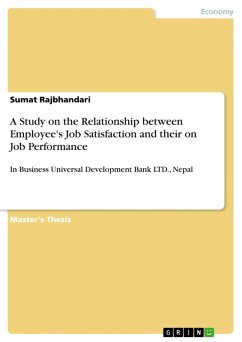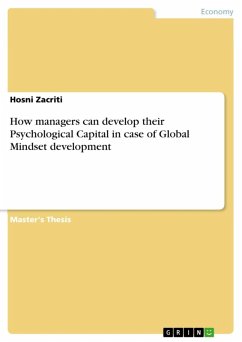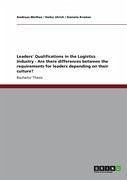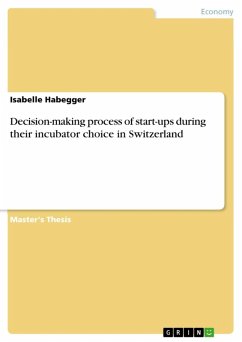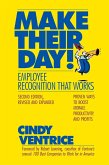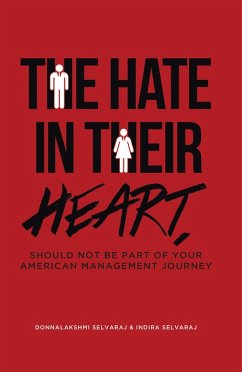Seminar paper from the year 2006 in the subject Business economics - Business Management, Corporate Governance, grade: 1,0, The George Washington University (Dept. of Organizational Sciences), course: Organizational Management, language: English, abstract: "Transforming a caterpillar into a butterfly" (Ghoshal and Bartlett 1997: 270), this is the process many organizations have to and are undergoing these days. Organizations are converting themselves from the traditional, hierarchical organization into the contemporary organic, learning and individualized corporation (Kimberly and Bouchikhi 1995: 9). But (1) what are the attributes of these modern organizations? (2) What makes them so different from traditional organizations? (3) And how are they managed? Moreover, it comes with a painful impression to realize that the transformation from a caterpillar into butterfly is a struggling process. Therefore, (4) what are the underlying pressures and forces which simultaneously drive but also restrain the transformation into the modern organization (Ghoshal and Bartlett 1997: 270)? In this matter, Jack Welch is the best example by turning General Electric (GE) into the modern organization par excellence; resulting in GE's extraordinary performance and an average annual growth of the stock rate of 18.1% since 1981 (industry average: 12.2%) (Lakshman 2005: 435, Kimberly and Bouchikhi 1995: 9, 16-17). There is no unique recipe to successfully guide this process. Simply reading and trying to copy 1:1 what Jack Welch did at GE will not function in any other organization - each organization is as unique as its people. For these reasons, it is important to understand the underlying principles of the modern organization in order to identify the answers to the questions stated above in order to determine organizational effectiveness (Besanko et al. 2004: 3). Moreover, this knowledge offers a powerful source in appropriately leading one's organization to become and to be as agile as a start-up while still being able to rely on the potential resources of a large-scale caterpillar organization (Ghoshal and Bartlett 1997: 264-268). Thus, the goal of this paper is to create an in-depth understanding of the contemporary - the modern organization.
Dieser Download kann aus rechtlichen Gründen nur mit Rechnungsadresse in A, B, BG, CY, CZ, D, DK, EW, E, FIN, F, GR, HR, H, IRL, I, LT, L, LR, M, NL, PL, P, R, S, SLO, SK ausgeliefert werden.



